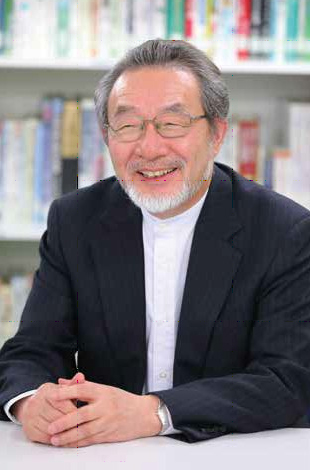Building a Revolutionary Veterinary School, Together

A New Veterinary School to Meet the Needs of Today’s Society
Over the last 50 years, what has been required of veterinary schools has changed greatly. Due to the increase in the movement of people and goods internationally, the field of veterinary science continues to expand, into areas such as the control of livestock and cross-border infectious diseases, zoonotic infection, and import-export food safety. The goal of our recently established veterinary school is to train students to be able to meet these new domestic and international demands.
Our School’s 4 Distinctive Features
First, we aim to simultaneously train both veterinarians in the Department of Veterinary Science and veterinary para-professionals (VPPs) in the Department of Veterinary Health and Nursing Science. In the future, the field of veterinary science will rely on the cooperation of both veterinarians and VPPs.
Second, in both departments, we will clearly divide educational content into three specific categories. Starting with the common national core curriculum, students will then move on to advanced course content in three fields. In the Department of Veterinary Science, this coursework will lead to becoming a pharmaceutical life science researcher, a public veterinarian, or medical-veterinary co-veterinarian. For the Department of Veterinary Health and Nursing Science, the three career fields are experimental animal technician/administrator, public official, and advanced veterinary medical nursing specialist.
Third, a new system that blends education and research has been put into place. While education is course-based, research extends beyond course-based learning and allows students to experience goal-oriented project research in top-class open laboratory environments.
Fourth, our veterinary school boasts the highest number of permanent faculty nationally, with 88 teachers in place. 75 teachers in the Department of Veterinary Science and 13 in the Department of Veterinary Health and Nursing Science cooperatively teach students in both departments.
These four unique characteristics enable students to work on a “glocal” level, responding to international demands while simultaneously being able to contribute locally to industrial and economic development. We invite you to join us in building a veterinary school with a cutting-edge learning environment at our campus in Imabari.


